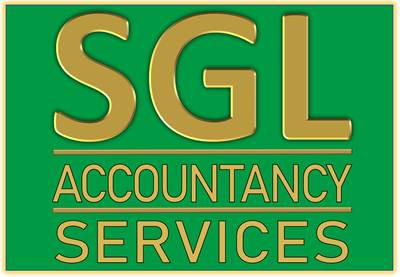
Issuing Dividends as a Company Director: A Compliance Guide
Introduction
As a director of a company, understanding the process of issuing dividends is crucial to fulfilling your responsibilities and maintaining compliance with legal obligations. This guide outlines the essential steps involved in lawfully declaring and distributing dividends to shareholders.
Dividend Allowance & Tax
You do not pay tax on any dividend income that falls within your Personal Allowance (the amount of income you can earn each year without paying tax). In addition, you receive a separate dividend allowance each tax year, and you only pay tax on any dividend income above this allowance.
Here are the dividend allowance figures for recent tax years:
- 2024-25: £500
- 2023-24: £1,000
- 2022-23: £2,000
- 2021-22: £2,000
For more detailed information on dividend tax rates, you can refer to the official GOV.UK guidance on tax on dividends.
Director Responsibilities
As a director, your primary duty is to act in the best interests of the company and its shareholders. This includes understanding and adhering to all legal requirements regarding dividends, ensuring they are declared and paid correctly.
Are Profits Available?
Crucially, the company must have sufficient distributable profits available to pay the dividends. You should ensure that your up-to-date accounts clearly show enough retained earnings or current profits to cover the amount of dividends issued.
If the company does not have sufficient available capital, the dividends are deemed as illegal dividends. Paying illegal dividends can have serious consequences for directors, including personal liability.
Available capital may be impacted by future liabilities such as taxes that will become due (e.g., Corporation Tax) or provisions for other expenses, so ensure these are taken into account before declaring dividends.
Hold a Board Meeting
A board meeting should be formally called to discuss and approve a dividend distribution. It is vital to record the minutes of this meeting to document the decision-making process, including the rationale for the dividend, the amount, and the directors' approval. These minutes serve as an important legal record.
Set a Dividend Amount
Decide on the specific dividend amount to be paid to shareholders. This can be expressed as a per-share amount or a percentage of the share's face value. You may also need to consider the amount per share you will distribute to each share type, for example, Share A - £100 per share, Share B - £50 per share.
Always ensure that the proposed dividend is within the company's distributable profits and complies with any legal limitations or company articles of association.
Declare Dividends
Following the board's approval, formally declare the dividends by passing a resolution at the board meeting. The resolution should explicitly specify the dividend amount, the record date (the date on which shareholders must be registered in the company's books to receive the dividend), and the payment date (when the dividends will be distributed to shareholders).
While not strictly required for dividend declaration itself, it is good practice to issue Share Certificates to the shareholders for their records, confirming their ownership.
Distribute Dividends
Arrange for the distribution of dividends to shareholders on the specified payment date. This can be done through electronic transfer, cheques, or other approved payment methods.
Ensure that accurate records of dividend payments are meticulously maintained, including the names of shareholders, dividend amounts, and payment dates. These records are essential for annual accounts and tax purposes.
The shareholders are likely to be required to complete a Self Assessment tax return to declare this income and pay the tax due on the dividends. As mentioned, there is usually a tax-free amount of dividends on which tax isn't due; anything above this allowance will require dividend tax to be paid at the individual's applicable rates.
For a broader overview of how dividends fit into running a limited company, you may also find our guide on Running Your Company as a Director helpful.
Dividends Vouchers
You can create your own, or use the below as an example